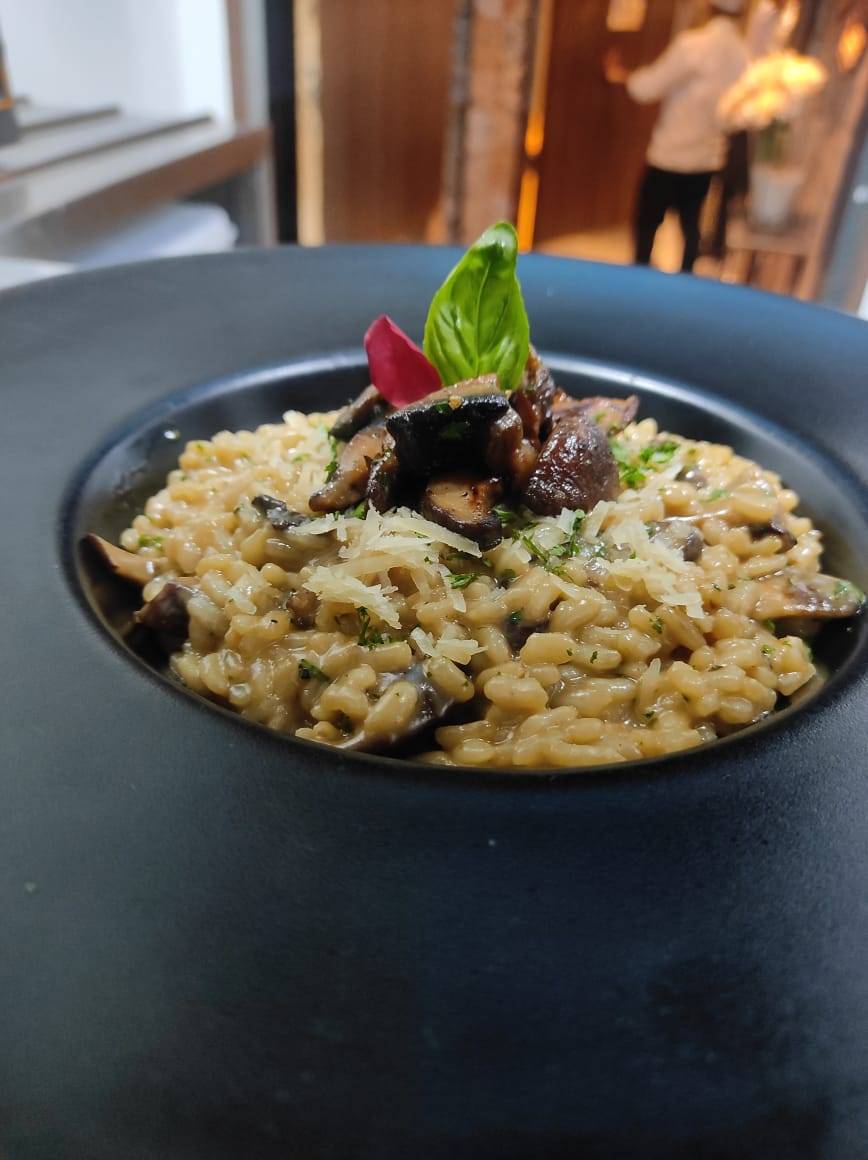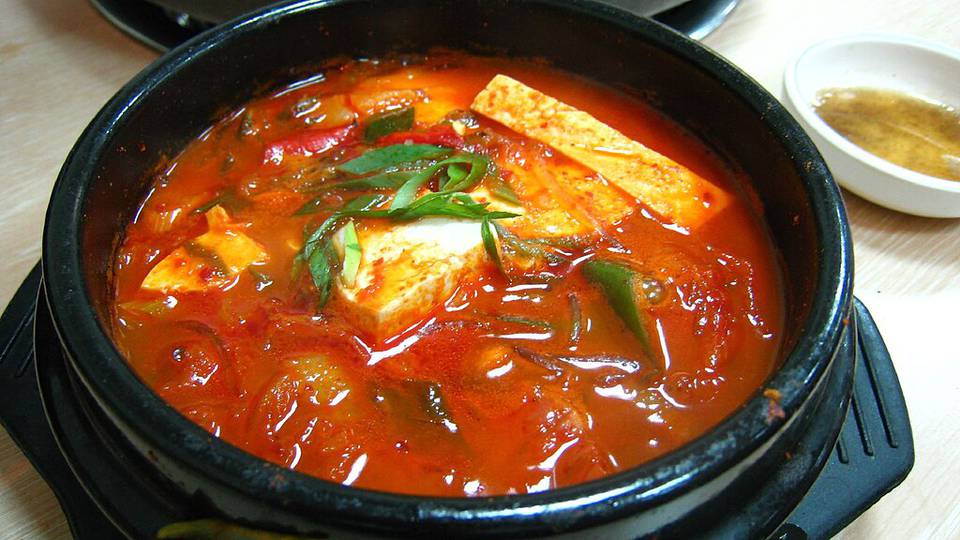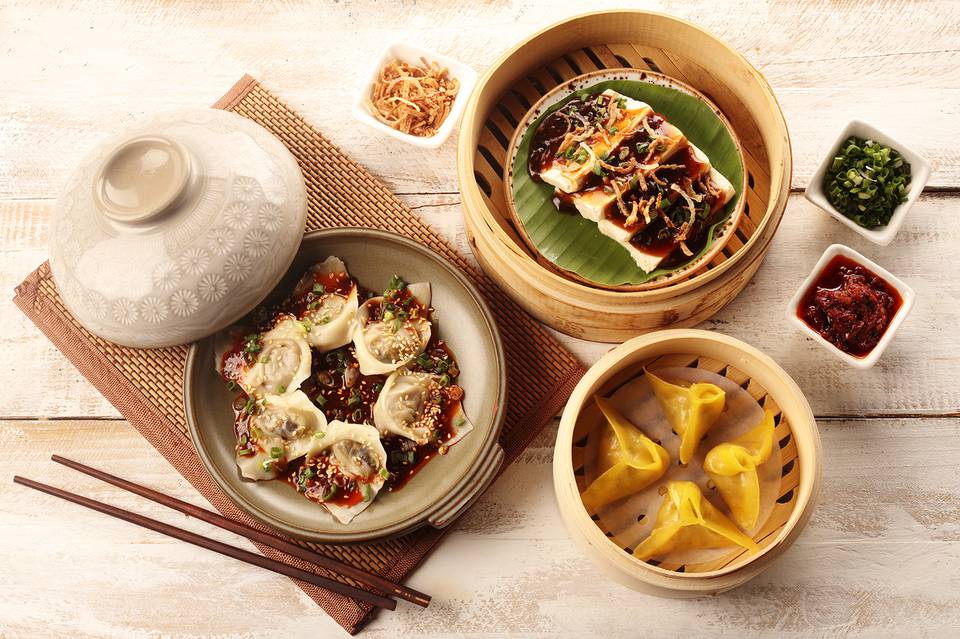Can yoga be yummy?
Oct 11, 2019, 11 24 | Updated: Oct 11, 2019, 11 24
A yogic diet may sound monotonous, but the advantages to health are plenty
To begin with, you have to give up meat. Not such a problem for many, specially in India where vegetarian food is aplenty. But if you’re a vegetarian on the road, traveling abroad, there are distinct disadvantages and you may find yourself with nothing to eat. (Which is why MTR mixes are a great taste-booster if you find yourself in Thailand or Sweden, where vegetarianism hasn’t quite caught on).
The basis for a yogic diet is complex carbs and natural foods providing protein, carbohydrates, minerals, fats and vitamins. The basis of selecting food groups is a beautiful one.
The sun is the source of energy for all living beings. So plants form the best choice of diet. This is the top of the Yogic food chain. And plants that get direct sunlight are clearly better for you than plants that grow underground, in the shade and so on.
Plants are eaten by certain animals, which makes them the second best choice in the food chain. (Incidentally, according to some yogic sources, if you’re going to eat meat at all, make it deer meat. Unfortunately, it’s not that easy to come by)
Last in his food chain are animals that eat other animals. Including crustaceans.
So fruits, vegetables, seeds, nuts and grains have all the right qualities to make your body healthy and whole, especially when you eat these foods without over cooking, over processing or adding a lot of chemicals. Unfortunately stimulants like coffee, tea, alcohol, even onions and garlic aren’t part of a yogic diet.
HOW TO DEVISE A YOGIC DIET
According to the principles of Yoga, energy has three qualities that coexist at all times. These are called Gunas and they are Sattva (purity), Rajas (activity, passion, and change) and Tamas (darkness, inertia). We’re constantly trying to keep these qualities in check so one doesn’t overcome the other, and the best always wins. You can do it through food.
Sattvic Food
Wholesome foods that grow naturally and are fresh. Cereals, wholemeal bread, fresh fruit and vegetables, pure fruit juices, milk, butter and cheese, legumes, nuts, seeds, sprouted seeds, honey and herb teas. Sattvik eating involves eating slowly and chewing properly.
Rajastic Food
Spicy, bitter, sour, dry or salty foods are Rajastic. Such foods are said to excite passions and thereby destroy equilibrium. Conversely, eating such food when you need excited passions probably has the right effect! Sharp spices, strong herbs, coffee and teas, fish, Eggs, salt and chocolate. Wolfing down food in a hurry is considered Rajastic.
Tamastic Food
The lowest priority in a Yogic diet is given to Tamastic food. Such as meat, Alchohol, tobacco, onions, garlic, fermented foods such as vinegar and stale overripe substances. Eating more than you need to is considered Tamastic.
MAKING A CHANGE
Switching to a yogic diet should be done slowly. Begin with plenty of nuts, whole grans and cheese. Include some raw veggies every day. Ensure that these veggies include plenty of green. If you’re cooking the veggies, do it rapidly. Avoid white flour chappatis, puris and other so called ‘good veggie food’. Find Sattvik alternatives for food you normaly eat. Like honey or jaggery instead of sugar. Tofu instead of eggs. Get inventive, go online!







